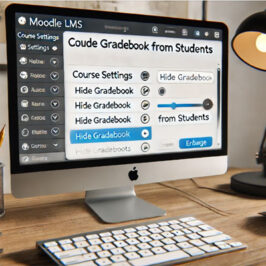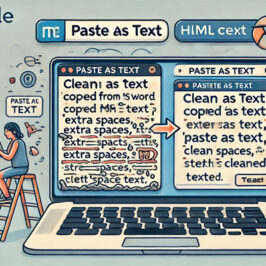 My experience with Moodle LMS has involved creating many multilingual sites. Unfortunately, there are still many core Moodle plugins and third-party plugins and themes that still do not support multilingual content. However, this is improving with each release.
My experience with Moodle LMS has involved creating many multilingual sites. Unfortunately, there are still many core Moodle plugins and third-party plugins and themes that still do not support multilingual content. However, this is improving with each release.
One Moodle plugin which has made life a lot easier when implementing multilingual courses is the Multi-Language Content (v2), also known as the multilang2 filter by Iñaki Arenaza, Iñigo Zendegi UrzelaiIñigo Zendegi Urzelai and Kepa UrzelaiKepa Urzelai.
Unlike the core HTML based Multi-language Content filter plugin that comes bundled with Moodle, multilang2 uses a plain-text system that enables you to wrap your content in language tags like {mlang en}Hello{mlang}{mlang fr}Bonjour{mlang}. Entering these tags requires no knowledge of HTML at all and all you need to do is type them in as you would the rest of your text. Unlike the Multi-language filter which only supports inline content using HTML <span> tags, multilang2 also supports block mode so you can do things like this:
{mlang en}
Put many paragraphs of English content, lists, images and just about anything else in here.
{mlang}{mlang fr}
Put several paragraphs of French content, lists, images and just about anything else in here.
{mlang}For example, say you have content which is only available in English on a multilingual site. You might want to add a note that will only appear when students access the page in French. You could accomplish this by adding something like {mlang fr}Disponible en anglais seulement{mlang}.
If you like the idea of using plain text tags but would rather stick with the code Multi-Language Content filter, try the {multilang en}{/multilang} tag included with FilterCodes. Unlike the {mlang} tags, the FilterCodes {multilang} tag simply converts the tag into the more traditional <span> HTML tag which is then processed by Moodle’s Multi-Language Content filter. As a result, using the new tag allows you to maintain backward compatibility with content that is already using the traditional <span> tag but lets you move forward using the plain text tag.
This all seems far simpler than having to mess with the stock multi-lingual filter included with Moodle and instructional designers appreciate not having to edit HTML codes in the Moodle editor.
I am super excited to see innovations like this making Moodle simpler to use for course developers and administrators which results in a better experience for students.
If you are involved in creating multilingual Moodle sites, drop me a comment below. I would love to hear about your experiences.
Hope you found this helpful.
Michael Milette







Gregory Karpinsky
Interesting discovery… we implemented a similar to “mlang” system for WordPress: the WPGlobus plugin…
John
Great contents. How accurate is any language being translated from English?
Michael Milette
Hi John, it really depends on who did the translation. This is not an automated solution.